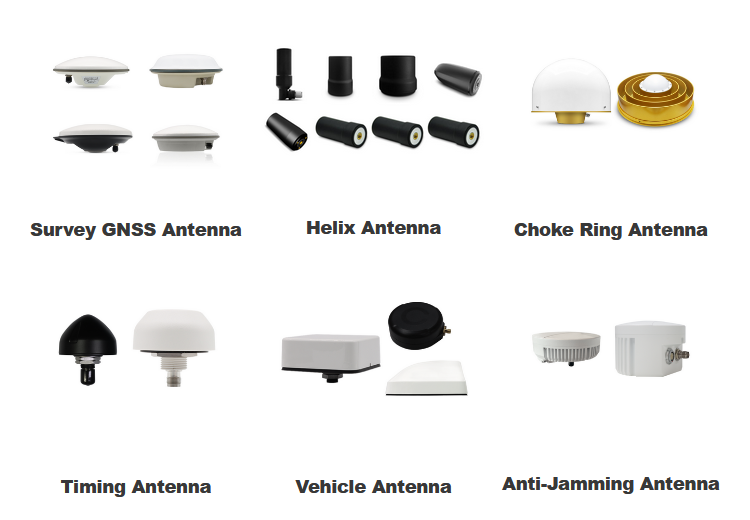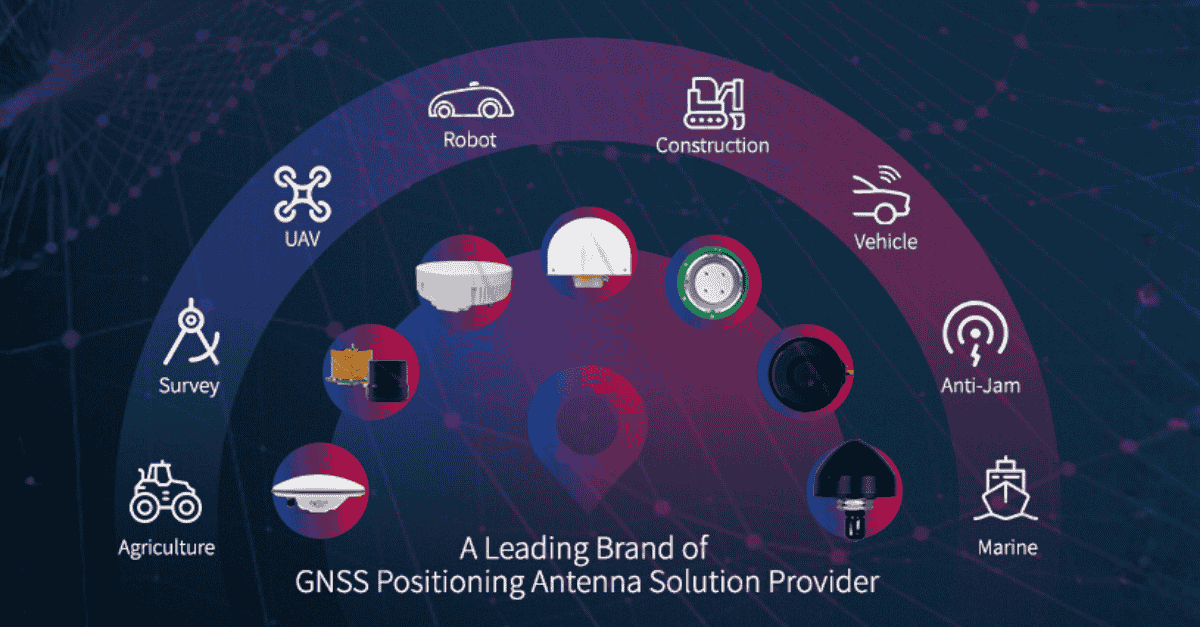

Global Navigation Satellite System (GNSS) antennas are fundamental components in modern positioning, navigation, and timing (PNT) applications. From autonomous vehicles to precision agriculture, surveying, and geospatial mapping, these antennas provide the accuracy and reliability needed for high-precision operations.
As technology evolves in 2025, GNSS antenna technology is advancing with improved performance, multi-band capabilities, and better integration with modern systems. This article explores the latest trends, technical considerations, and future developments in GNSS antennas.

A GNSS antenna is a device that receives satellite signals and converts them into electrical signals that a GNSS receiver can process to calculate precise location and time. These antennas are designed to capture signals from multiple satellite constellations such as GPS, GLONASS, Galileo, BeiDou, and QZSS.
Key characteristics include:
Frequency Bands – Multi-band antennas support L1, L2, L5, and other signals for enhanced accuracy.
Gain and Sensitivity – Amplifies weak satellite signals, improving reception even in challenging environments.
Polarization – Circular polarization (RHCP) aligns with satellite signals for better signal reception.
Phase Center Stability – Ensures consistent measurements, crucial for RTK surveying and precise navigation.
Anti-Interference Capabilities – Reduces signal degradation in urban canyons or near industrial equipment.
Modern GNSS antennas often support multiple frequency bands and satellite constellations. Multi-constellation support ensures better coverage, faster signal acquisition, and more reliable positioning, particularly in urban or obstructed environments.
This technology is crucial for applications requiring centimeter-level accuracy, such as autonomous drones, surveying vehicles, and agricultural machinery. Multi-band antennas allow users to combine data from GPS, Galileo, BeiDou, GLONASS, and QZSS for improved accuracy.
Electromagnetic interference can affect GNSS signal quality. Advanced anti-jamming technologies in GNSS antennas, such as pre-filtered low-noise amplifiers (LNA) and multipath mitigation, help maintain strong signal reception.
These features are especially important for urban navigation, industrial automation, and defense applications, where signal reliability can be compromised by nearby radio frequency sources.
Rugged GNSS antennas are designed for harsh environmental conditions. They often come with high IP ratings (IP67 or IP69K), vibration resistance, and durable enclosures. Compact and robust designs are ideal for:
Autonomous vehicles navigating uneven terrain.
Surveying equipment exposed to outdoor conditions.
Drones and UAVs requiring lightweight but high-performance antennas.
Smart GNSS antennas combine GNSS technology with additional sensors, communication modules, and onboard processing to simplify deployment and improve accuracy. Integration with tilt sensors, IoT modules, or cellular connectivity allows these antennas to provide real-time positioning with high precision.
Applications include precision agriculture, autonomous robotics, and fleet management systems.
Selecting the right GNSS antenna requires careful consideration:
Application Needs – Determine required accuracy, environmental conditions, and system compatibility.
Frequency and Constellation Coverage – Choose antennas that support all necessary signals for your region.
Form Factor – Ensure the antenna fits within your system without compromising performance.
Durability – Opt for ruggedized antennas if operating in harsh or outdoor environments.
Anti-Interference Performance – Evaluate features like LNA or multipath suppression for reliable operation.
By understanding these factors, you can choose an antenna that maximizes signal quality, accuracy, and system efficiency.

For those seeking reliable, high-performance GNSS antennas, companies like Harxon provide innovative solutions. We design antennas that offer:
Full multi-band and multi-constellation support for global coverage.
Robust anti-jamming and interference rejection for challenging environments.
Compact and rugged designs suitable for outdoor and industrial applications.
Integration-ready smart antennas for precision agriculture, autonomous vehicles, and surveying.
With decades of experience, Harxon antennas are trusted in applications ranging from RTK surveying to autonomous system navigation, ensuring consistent, high-accuracy performance.
As GNSS technology advances in 2025 and beyond, GNSS antennas are expected to:
Integrate further with IoT devices and autonomous systems.
Support even more satellite constellations and frequency bands.
Become smaller, lighter, and more rugged for versatile deployment.
Offer improved anti-jamming and multipath mitigation for urban and industrial use.
These trends highlight the importance of choosing a modern GNSS antenna that can meet both current and future positioning demands.
GNSS antennas are evolving to meet the growing demands of high-precision applications. From multi-constellation support to anti-jamming technology and smart integration, these antennas are central to modern navigation, surveying, and autonomous systems.
By understanding the latest developments and carefully evaluating application needs, professionals can select antennas that maximize performance. Companies like Harxon continue to lead the industry with innovative, reliable solutions, supporting a wide range of precision-demanding applications.